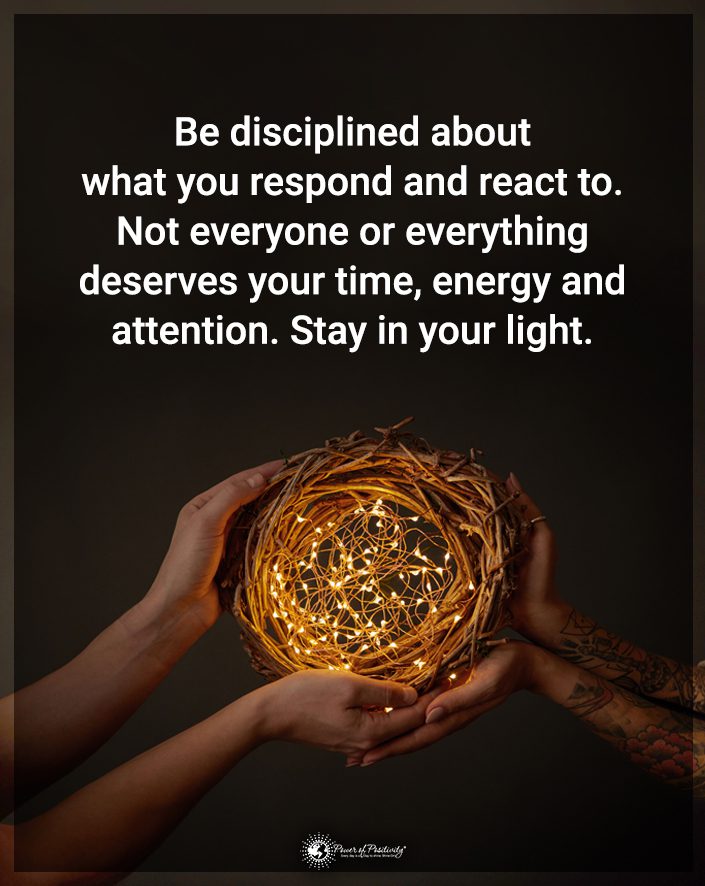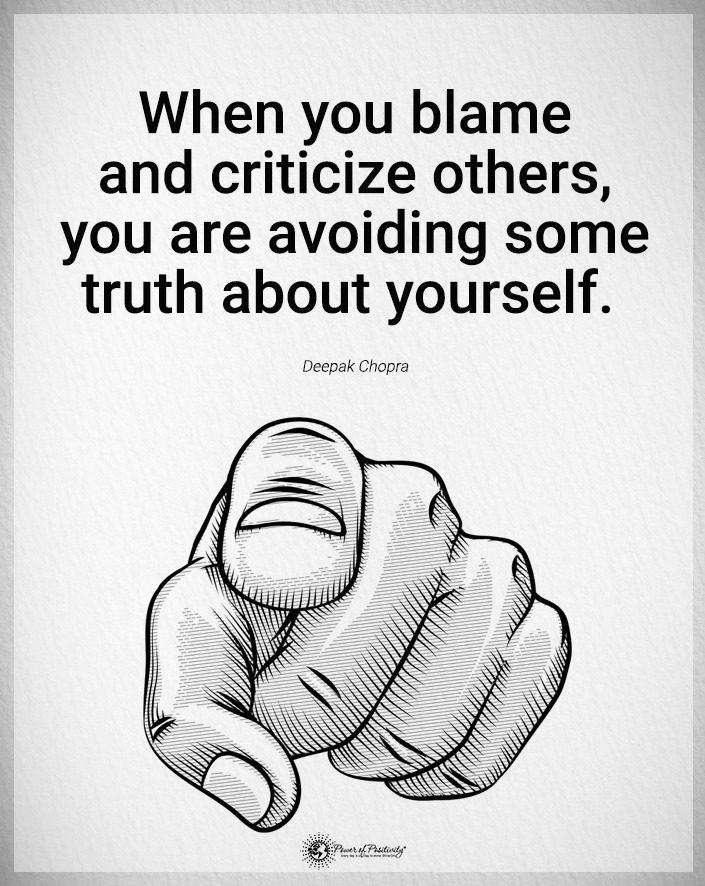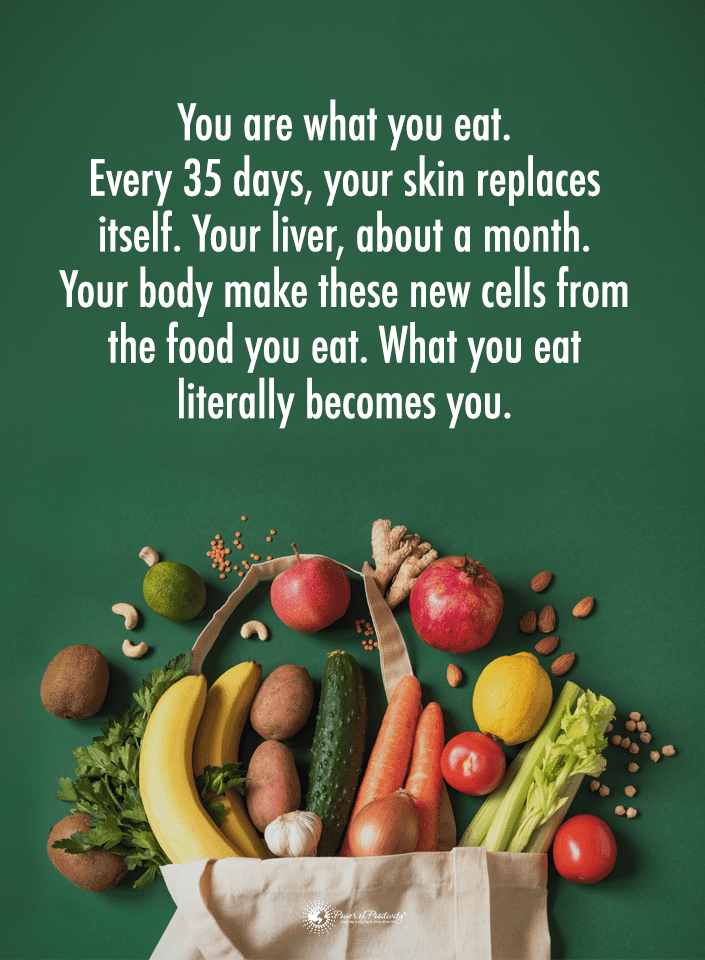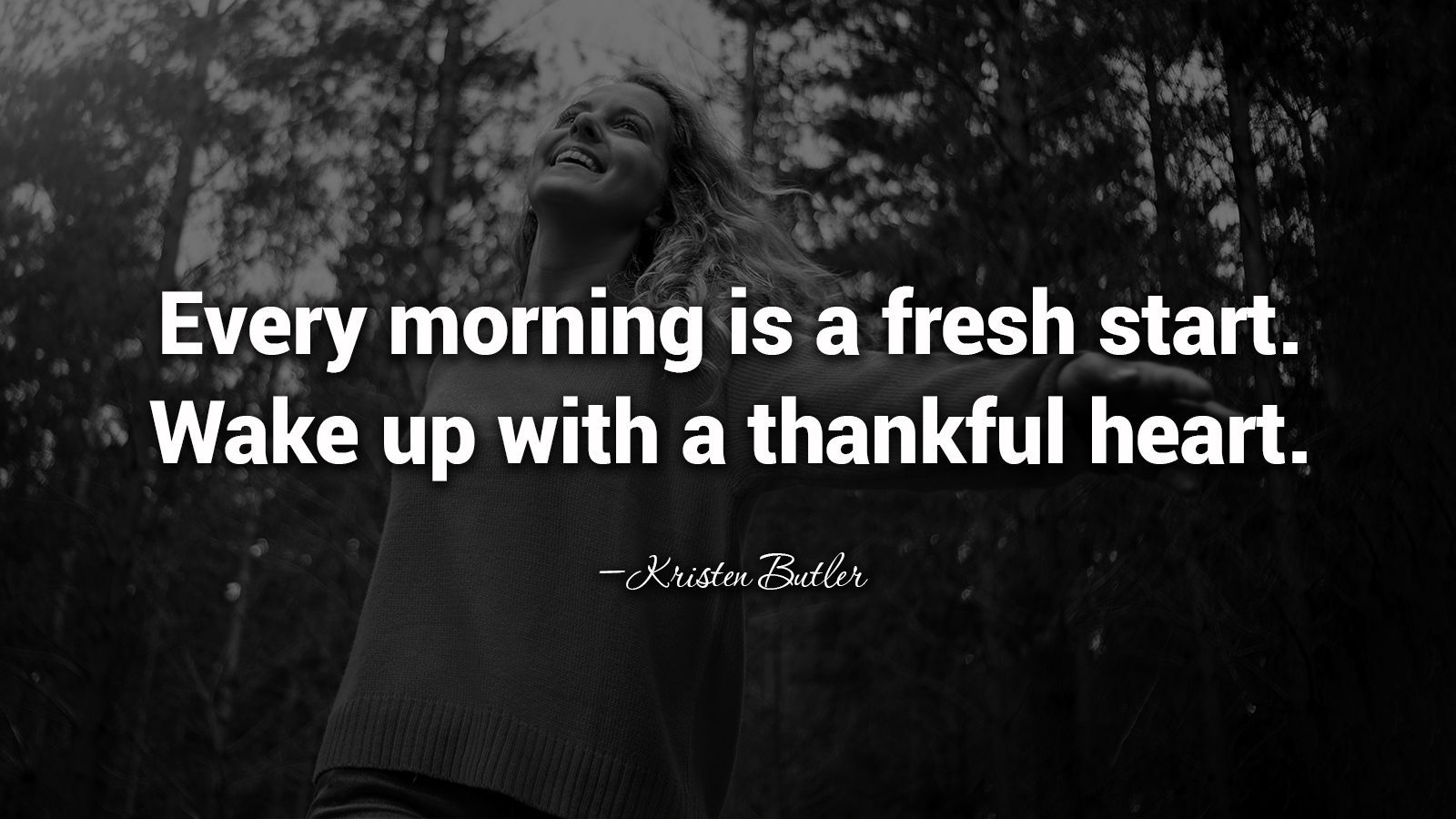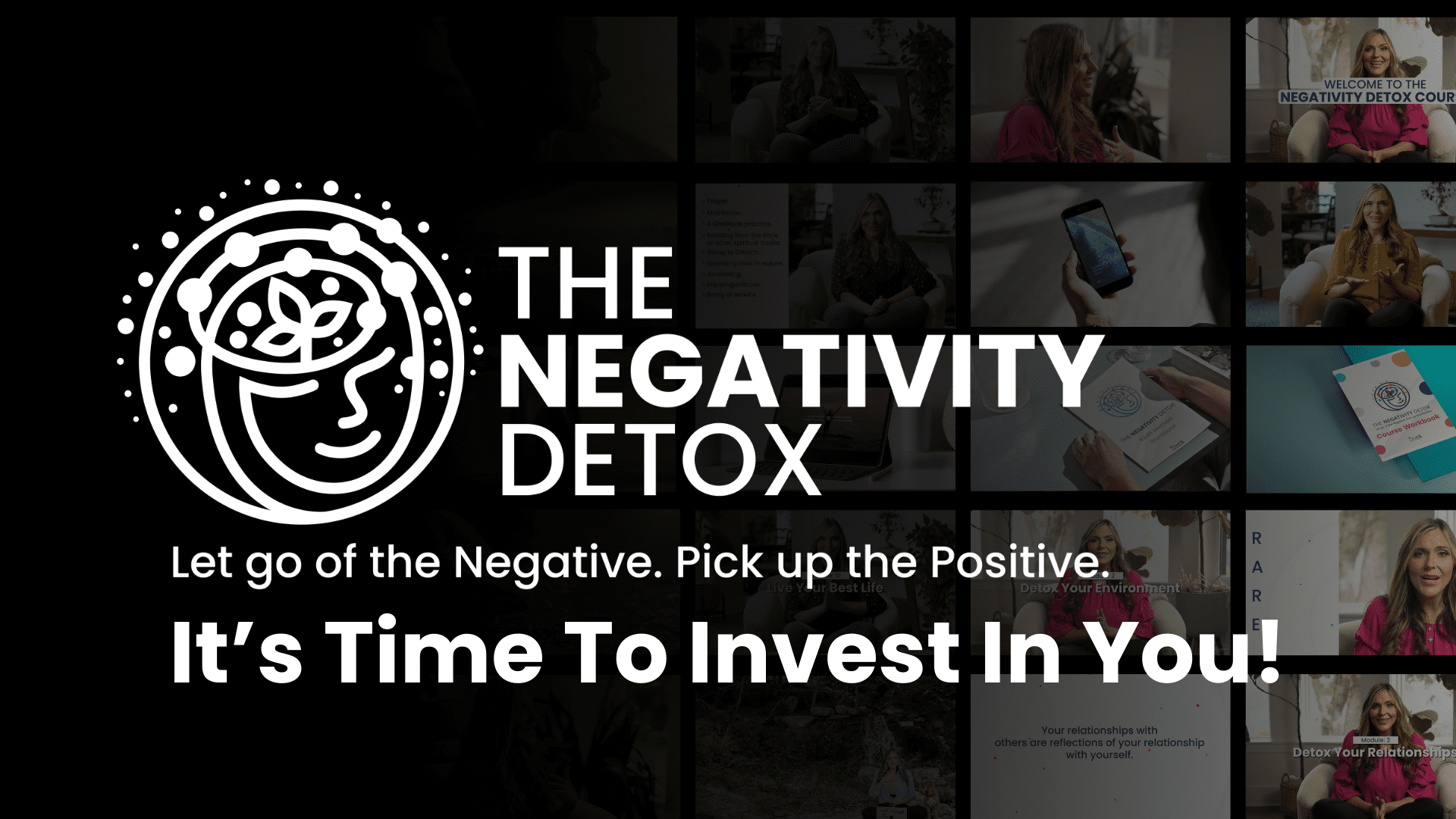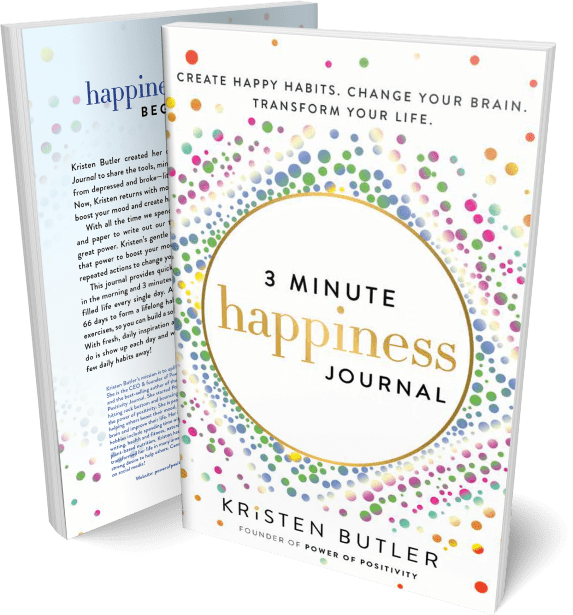You hear a lot of talk about mindful living and embracing the moment, but that doesn’t mean you shouldn’t be concerned about your future. Though you want your mindset to catch all those precious moments that pass you by, it can’t be your only concern. You must know that you can make things easier on your future self by setting goals today.
You have no clue where you’ll be in five years, but you may have a good idea. Many things stop you from getting where you need to be. You’re tired, so busy with work and home, and maybe lack the motivation you need to accomplish it all.
There are always roadblocks that stand before you and your ultimate desires. Realize that life is what you make it, and you want to have goals for yourself to embrace all this world can give you.
Twelve Ways to Help Your Future Self
Dr. Martin Luther King, Jr. was a wise man. He spoke once at a rally about making goals and your future. He stated that people often look at the whole staircase and feel overwhelmed. Still, you need to take the first step to get started.
Have you ever had to climb a massive set of stairs? It can be a daunting task. The key is that it gets easier when you take the first step and keep moving upwards. The same thing occurs with your future and goals. You must take baby steps until you achieve what you desire. Here are fifteen things your future self will thank you for doing now.

1. Stand Up for Yourself
Have you ever seen a strong woman who knows her mind and isn’t afraid to speak it? This woman has learned through the years to stand up for herself. People often start their adult life as doormats, trying to find their way.
However, as you age and get some wisdom and maturity, you know you can’t let people walk all over you. Don’t ever be afraid to stand up for yourself. This is a trait that your future self will thank you for.
2. Exercise
You don’t have much time, and your mind cannot focus on working out. However, your body becomes more susceptible to disease and other ailments as you age. Exercising can help prevent diabetes, heart disease, and other severe conditions. You don’t have to spend hours a day getting in shape; dedicate a few minutes to exercise, as the benefits are vast. Besides that, don’t feel overwhelmed in a quest for perfection–set small goals and build from there.
3. Make Time for Your Loved Ones
It would help if you had a good work-to-life balance. If you live to work, are you living? No one lays on their deathbed and wishes they had worked more in this life. Most folks would say they wish they spent more time with their family. So, get the mindset that work pays the bills, but your family is what keeps you alive.
4. Get a Hobby
Whether you like running, swimming, golf, or bird watching doesn’t matter, as it’s the hobby that helps you to remain mentally sound. It would help if you had a distraction or diversion from the stressors of your life. A hobby is a way to blow off steam, spend time with friends and loved ones, and get a few moments of joy from your days. For golf enthusiasts, investing in a top-quality golf cart can make your time on the course even more enjoyable, turning each game into a delightful retreat from your everyday routine.
A reputable Texas golf cart dealer offers a range of options to suit your needs, ensuring that you have the perfect cart to complement your hobby. From advanced features to stylish designs, these carts are designed to enhance your game and provide added comfort on the course. By choosing the right golf cart, you’re not just investing in a piece of equipment but also in a more enjoyable and relaxed experience, allowing you to fully embrace the pleasure of your favorite pastime.
5. Journaling
Journals are such a great way to tell your story. You get out all your frustration and the things that overwhelmed you that day, and you’re writing your biography. Have you ever seen a movie where they find an old box of journals in an attic? It’s such a treasure to leave behind with your family and friends.
One day, the books you write and live right now will be the books someone else treasures. Plus, it serves as a way for you to see how far you’ve come. If you ever feel discouraged, you can go back and look through the pages of this book to see the things you overcame and how you’ve thrived.
6. Declutter Your Life
One thing you can rest assured that your future self will thank you for is not hoarding. It would help to keep your home and mind free from unnecessary clutter. If you watch one of those TV shows where people won’t get rid of anything, their children must sift through that mess long after they’re gone.
It’s a burden to carry around so much “stuff,” and the truth is that you don’t need it. Did you know people who clutter and won’t get rid of things often have anxiety disorders? According to the National Library of Medicine, people who hoard fit into a category of obsessive-compulsive and related disorders.
In most instances, these folks had a trauma that happened to them that caused them to be anxious to get rid of anything. Get your mindset that you don’t need a bunch of things to clutter your home or your mind, and you will be so happy that you did this later in life.
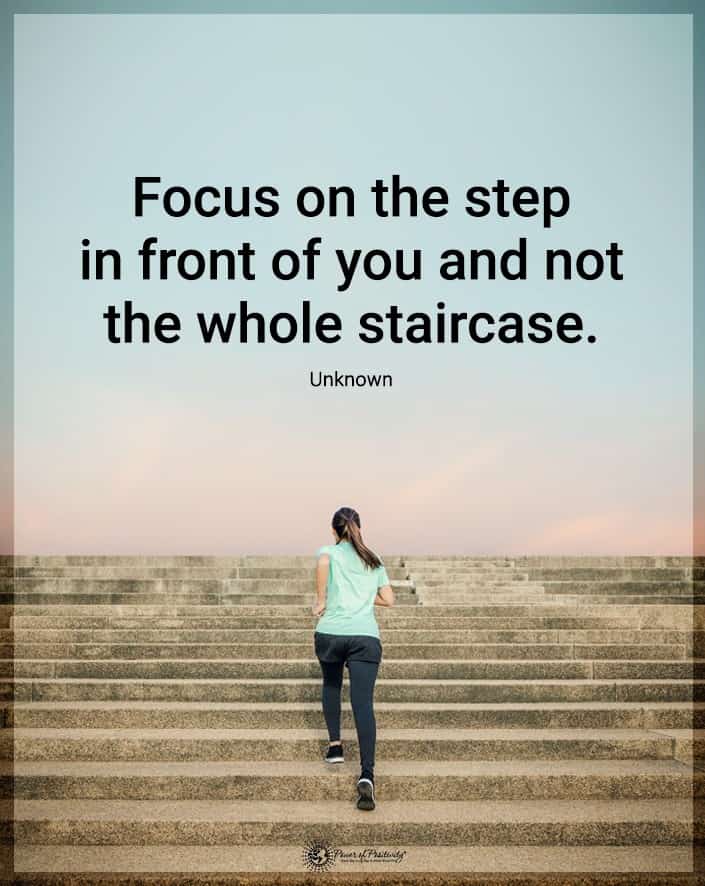
7. Engage in Self-Care
Self-care is not just something people do when they don’t have time. It’s something that you need to make time for in your life. Have you ever seen a lady in her golden years with glowing skin, no sun damage, and barely a wrinkle?
You can be confident that she’s had a good skincare routine for years. Taking a little bit of time each day to moisturize and cleanse your face correctly will show when you’re older. Now, imagine what you can do if you engage in total body care and are not concerned about only your face.
8. Let Go of Toxic Relationships
Toxic relationships can happen in any facet of your life. The problem with these relationships is that they take more than they give. Toxic people are always negative and try to bring others down with them, but you don’t need this now or in the future.
Your future self will be happy if you get rid of these toxic individuals now so that you don’t have to mess with them later. You will be so much more comfortable when you fill your inner circle with people who cheer you on and have a positive influence.
9. Embrace Change
People fear change, as they like the predictable. Rather than being so afraid of transformation, why not embrace it? Your life will never stay the same, as things constantly evolve.
Rather than fighting the inevitable and trying to avoid it, you should embrace it. Your future self will thank you for making those bold changes that better your life in the long run.
10. Define Your Success
There’s not a person alive that doesn’t have a personal definition of success. Some measure success by monetary means and money, while others measure it by finding love and building a happy life. You can’t listen to everyone else and what they think is right for them, as you need to set goals and create success for yourself.
11. Don’t Be Afraid to Reach Out to People
It takes a lot of work to keep relationships in a healthy place. You can’t let little grievances come between you and someone you love. It would help if you reached out and never be afraid to tell them what they mean to you.
Additionally, be eager to apologize and forgive those who’ve done you wrong. Life is too short to hold grudges and be miserable. If you haven’t seen a relative in a while, call them and ask them out to lunch. Your future self will be so happy that you tried to keep all those folks that are important to you close to your heart.
12. Love Yourself
You can spend your whole life hating yourself and be miserable, or learn to love yourself and thrive. People who engage in self-loathing behaviors have low self-esteem and will often settle for lower goals in their lives. Indeed, people who engage in self-loathing often find themselves in trouble with substance abuse and develop a mental illness.
Loving yourself is a gift you can give right now and in the future. Developing a mindset that you’re a fantastic person and worthy can change your life.
Final Thoughts on Helping Your Future Self
You want your future self to reflect on your life and be proud of your choices. Not taking care of things and putting off important matters when you’re younger can dramatically impact you when you’re older. Set those goals now! The little things you do today can enhance your future and make you a better person. After examining this list, what things do you want to incorporate today to make your tomorrow’s great?





